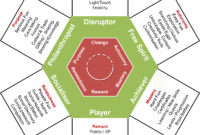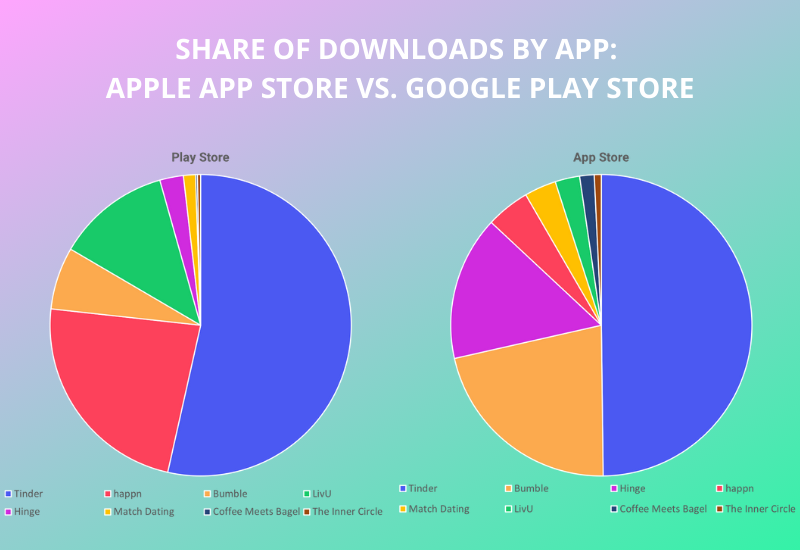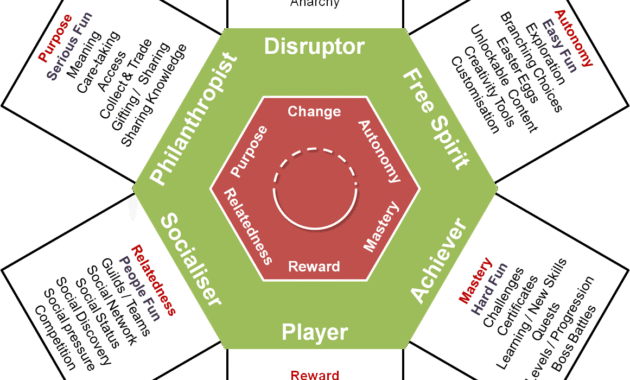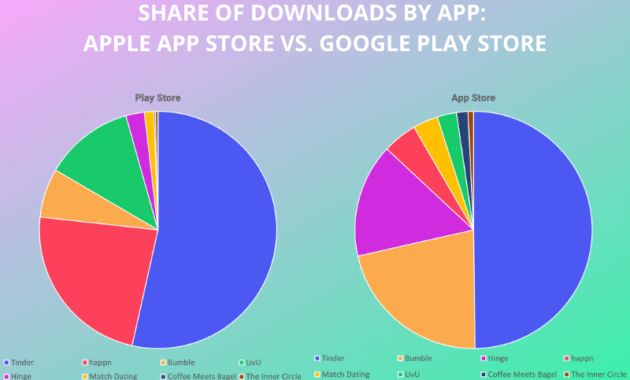The Ultimate Guide to Online Dating in 2025 takes center stage, offering a comprehensive exploration of the evolving landscape of romantic connections in the digital age. As technology rapidly advances, online dating has transformed significantly, presenting new opportunities and challenges for users worldwide. This guide aims to equip readers with the insights and tools necessary to navigate the complexities of finding love online in a year that promises innovative platforms and diverse dating experiences.
With a focus on key trends, effective strategies, and the importance of understanding both technology and human behavior, this guide is designed to enhance your online dating experience. From the significance of profile creation to the impact of algorithms on matchmaking, we’ll dissect each element contributing to successful connections in 2025.
Artificial Intelligence (AI) has emerged as one of the most transformative technologies of the 21st century. Its evolution has been shaped by a series of milestones, breakthroughs, and challenges that have redefined how we interact with machines. This article delves into the history of AI, its current applications, and potential future developments, emphasizing the implications of these advancements.
1. Historical Context and Early Developments
The concept of artificial intelligence can be traced back to ancient mythology and philosophical inquiries regarding the nature of intelligence. However, the formal study of AI began in the mid-20th century. In 1956, the Dartmouth Conference, organized by John McCarthy, Marvin Minsky, Nathaniel Rochester, and Claude Shannon, marked the birth of AI as a field of study. The goal was to explore how machines could simulate human intelligence.
During the initial years, the focus was on symbolic AI, where researchers developed algorithms that manipulated symbols to solve problems. Early programs, such as the Logic Theorist and the General Problem Solver, demonstrated that machines could perform tasks typically associated with human reasoning. However, these early successes were limited by the computational power available at the time and the inability to handle complex, real-world scenarios.
2. The Rise and Fall of AI
The First and Second AI Winters
The excitement surrounding AI experienced significant fluctuations. The first AI winter occurred in the 1970s when expectations exceeded technological capabilities. Funding dwindled, and many projects were abandoned as researchers realized that human-like intelligence was more complex than initially anticipated.
Despite these setbacks, advancements in algorithms and computational power in the 1980s reignited interest in AI. The introduction of expert systems, which used knowledge bases to make decisions, led to practical applications in various industries, including medical diagnosis and finance. However, by the late 1980s, a second AI winter set in due to the limitations of these systems and the high costs associated with maintaining them.
3. The Resurgence of AI
Machine Learning and Big Data
The resurgence of AI in the late 1990s and early 2000s can be attributed to two key developments: the advent of machine learning and the explosion of big data. Machine learning, a subset of AI, focuses on the idea that systems can learn from data, identify patterns, and make decisions with minimal human intervention.
This shift from rule-based systems to data-driven approaches allowed AI to tackle more complex problems.
Simultaneously, the proliferation of digital data from various sources, such as social media, sensors, and transactional systems, provided the raw material necessary for training machine learning algorithms. Deep learning, a subset of machine learning that utilizes neural networks with many layers, emerged as a particularly powerful technique. It has enabled significant breakthroughs in image and speech recognition, natural language processing, and more.
4. Current Applications of AI
Today, AI permeates many aspects of daily life and industries. In healthcare, AI algorithms are used to analyze medical images, assist in diagnosis, and personalize treatment plans. For instance, radiology has benefited immensely from deep learning, which can detect anomalies such as tumors more accurately than human radiologists in some cases.
In the realm of business, AI is revolutionizing customer service through chatbots and virtual assistants, automating routine inquiries and freeing human agents to handle more complex issues. Additionally, AI-driven analytics provide businesses with insights into consumer behavior, allowing for more targeted marketing strategies and improved operational efficiency.
Financial institutions leverage AI for algorithmic trading, fraud detection, and credit scoring, enhancing both security and profitability. Similarly, the transportation sector is witnessing a transformation with the development of autonomous vehicles, powered by AI systems that process vast amounts of sensory data to navigate safely.
5. Ethical Considerations and Challenges: The Ultimate Guide To Online Dating In 2025
6. The Future of AI
Opportunities and Risks
Looking ahead, the future of AI presents both exciting opportunities and significant risks. As technology continues to evolve, we can expect advancements in general AI, where machines possess human-like cognitive abilities. This concept, often referred to as Artificial General Intelligence (AGI), raises profound questions about control, ethics, and the very definition of what it means to be intelligent.
Furthermore, the integration of AI with other emerging technologies, such as quantum computing and biotechnology, holds the potential for groundbreaking discoveries. However, the acceleration of AI capabilities also necessitates a robust framework for governance, emphasizing transparency, accountability, and ethical considerations in development and deployment.

7. Conclusion
The journey of artificial intelligence from its nascent beginnings to its current prominence is a testament to human ingenuity and perseverance. As we stand on the cusp of an AI-driven future, it is imperative that we approach these advancements with a balanced perspective, embracing the benefits while critically addressing the challenges that arise. By fostering interdisciplinary collaboration and engaging diverse stakeholders, we can shape an AI landscape that enhances humanity and fosters a better future for all.











